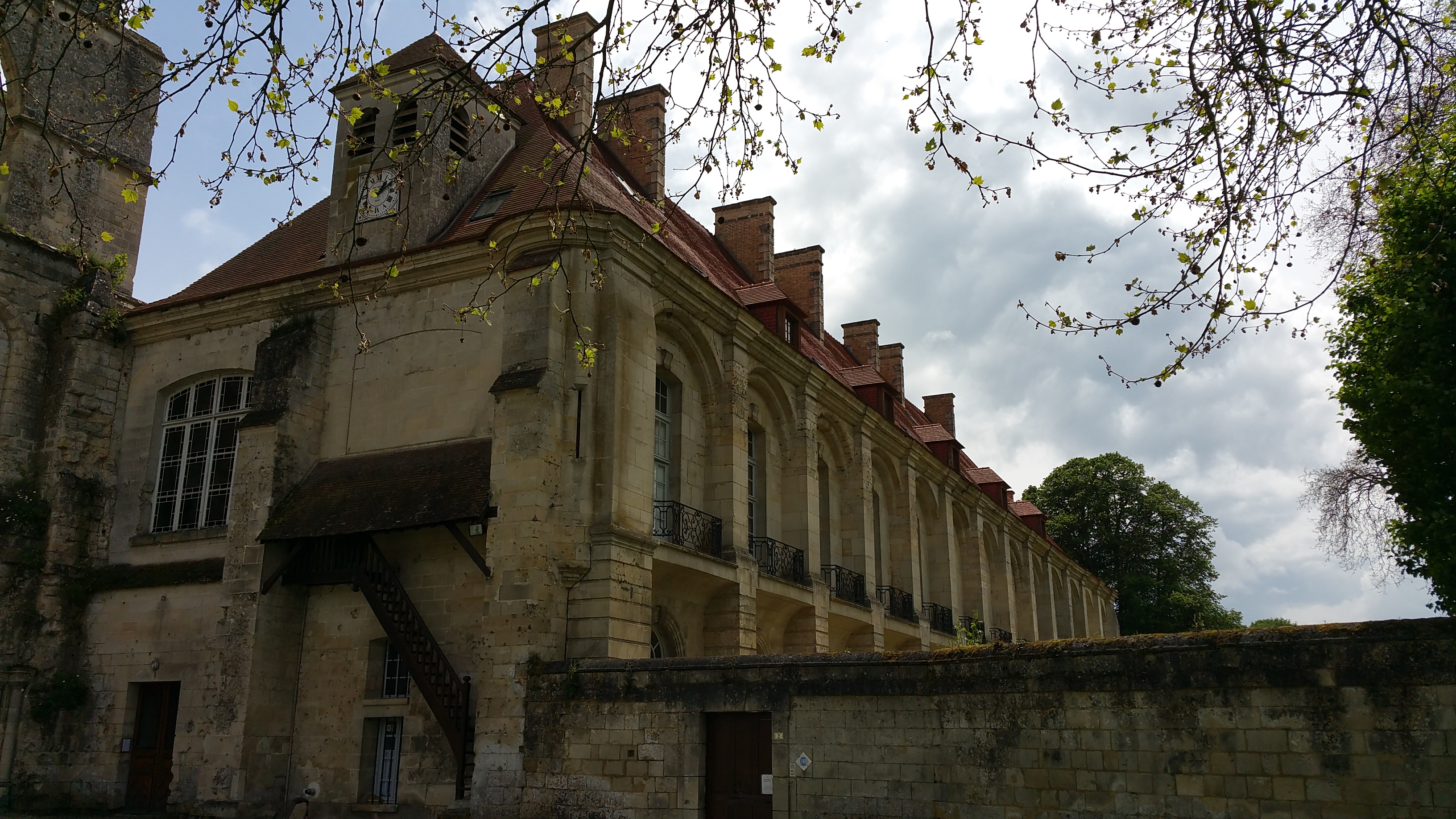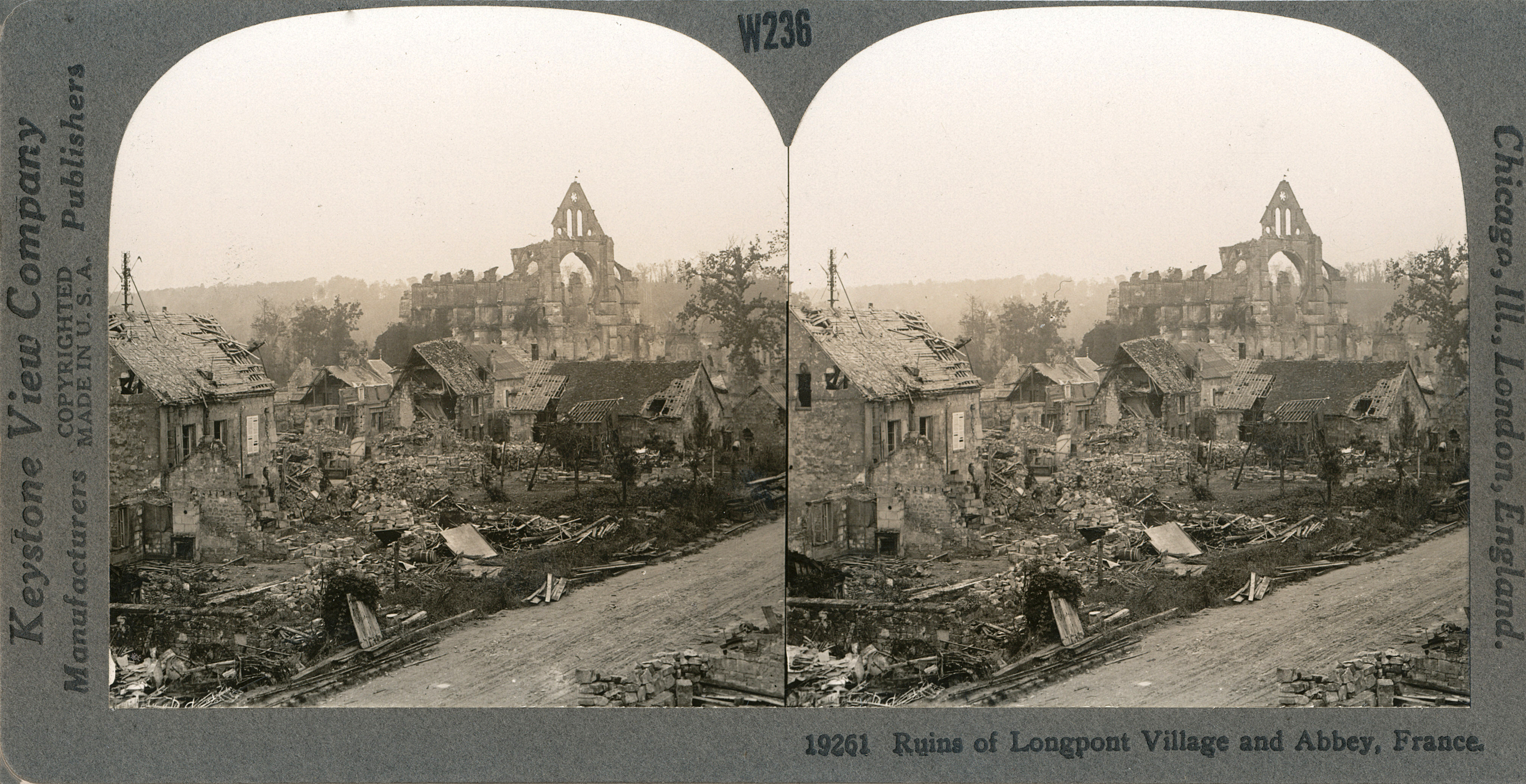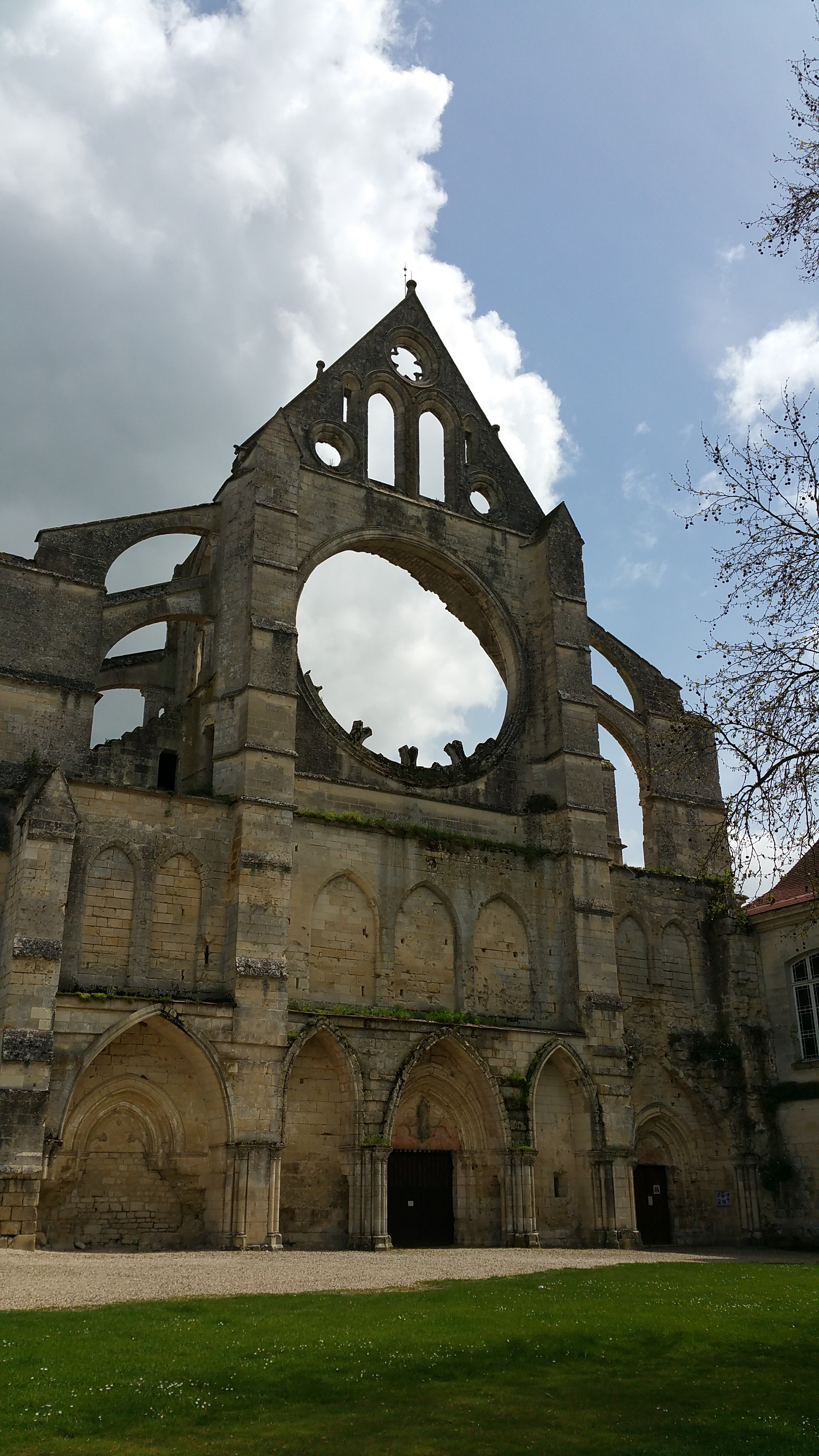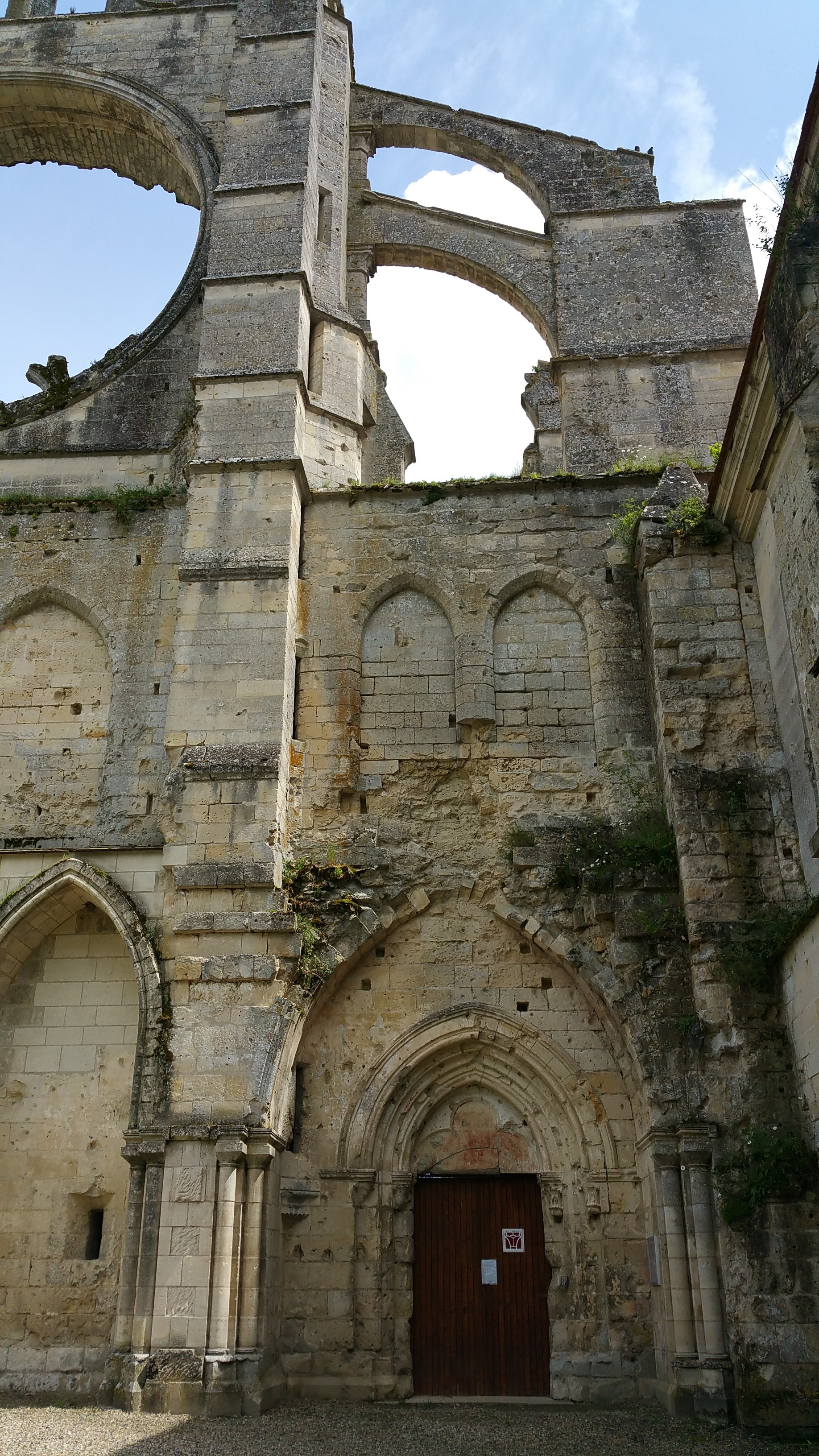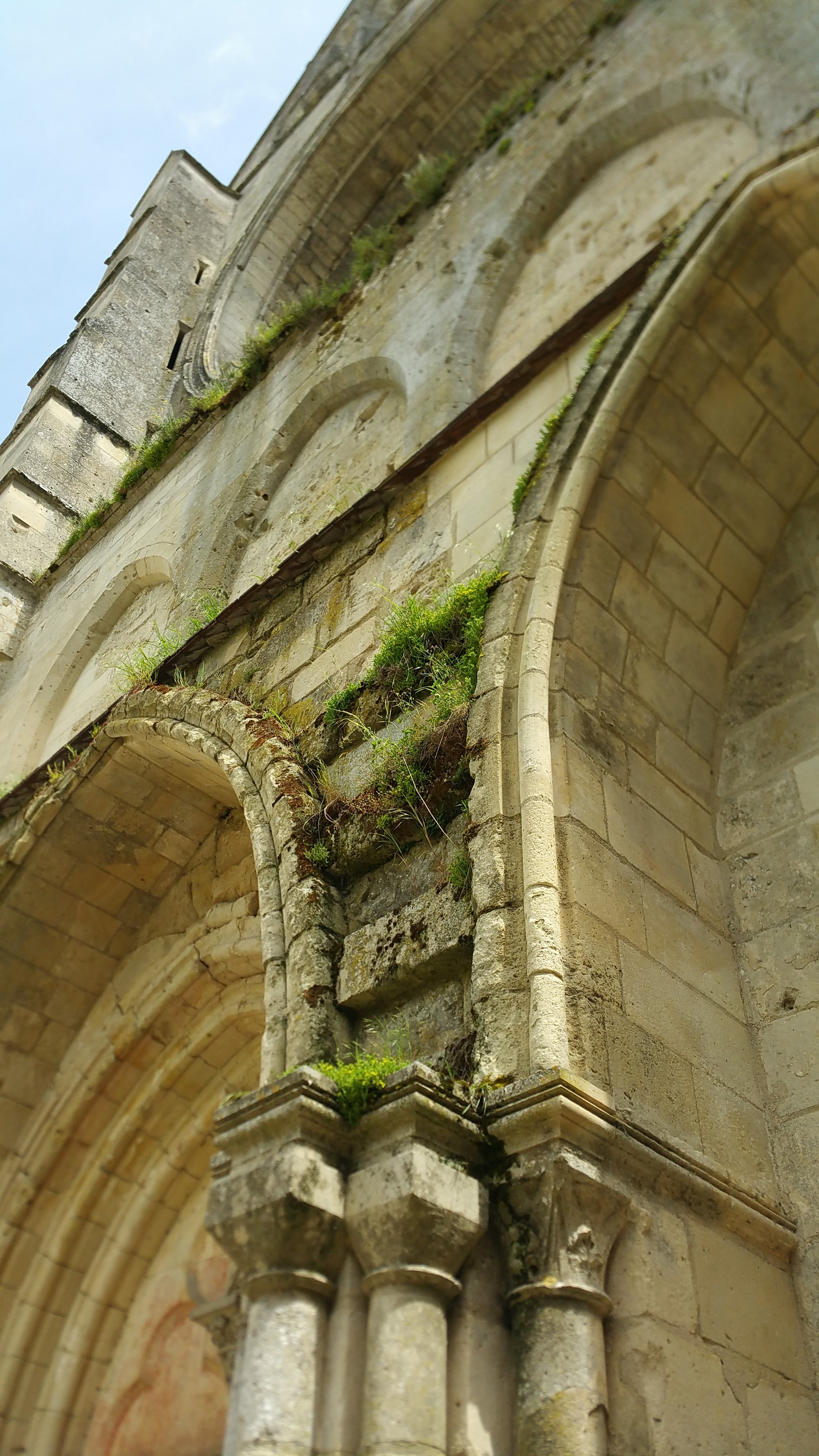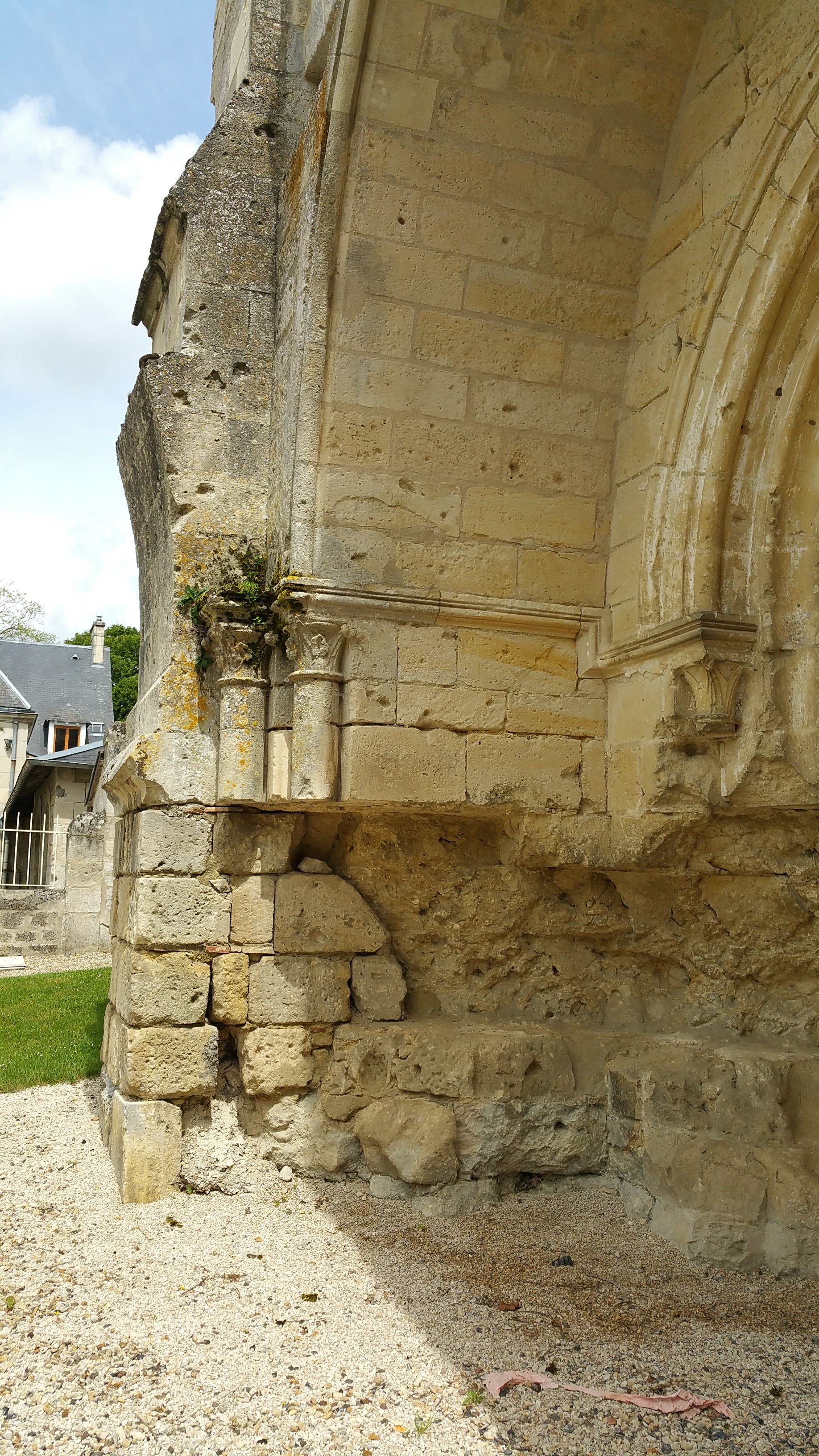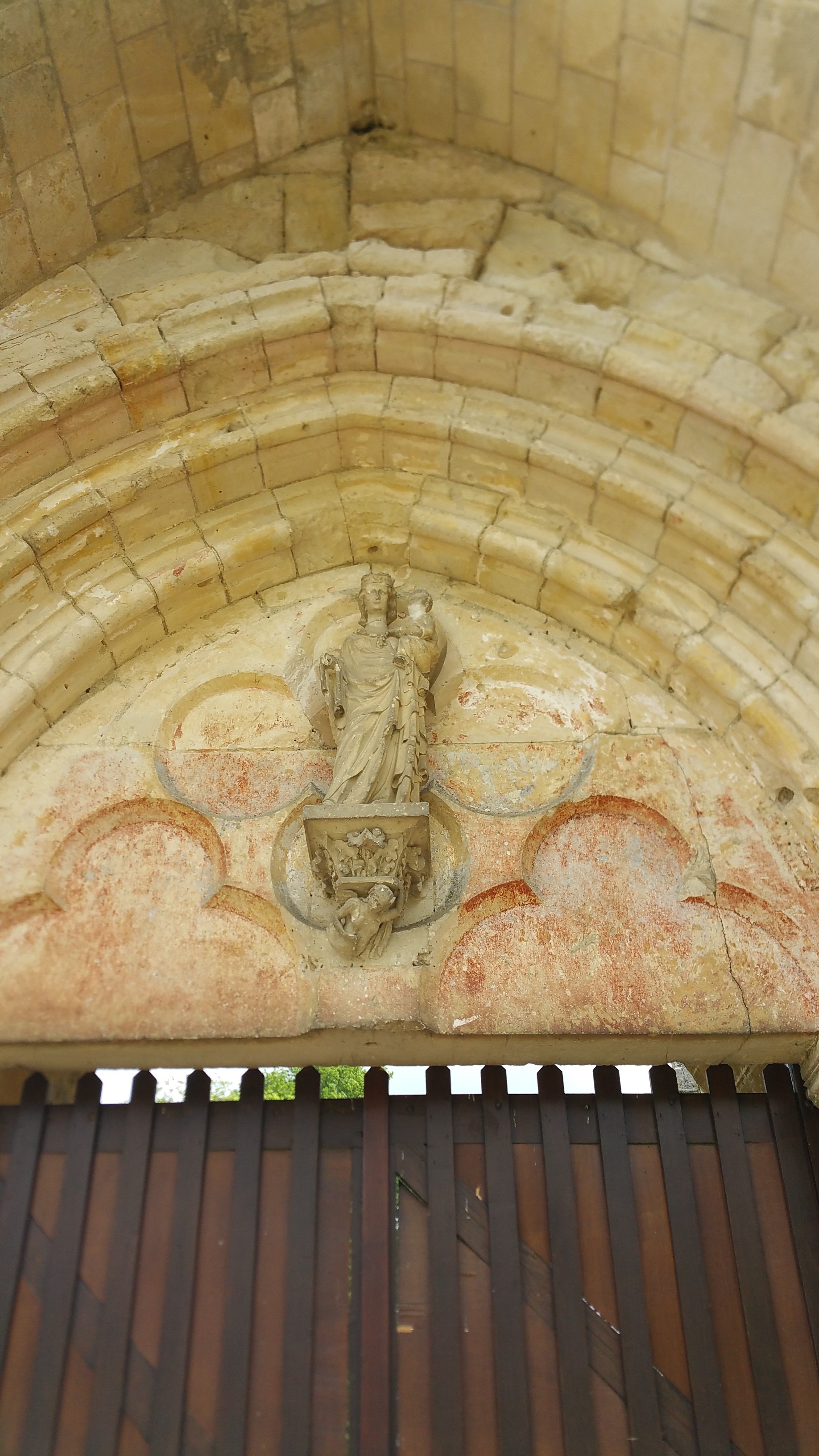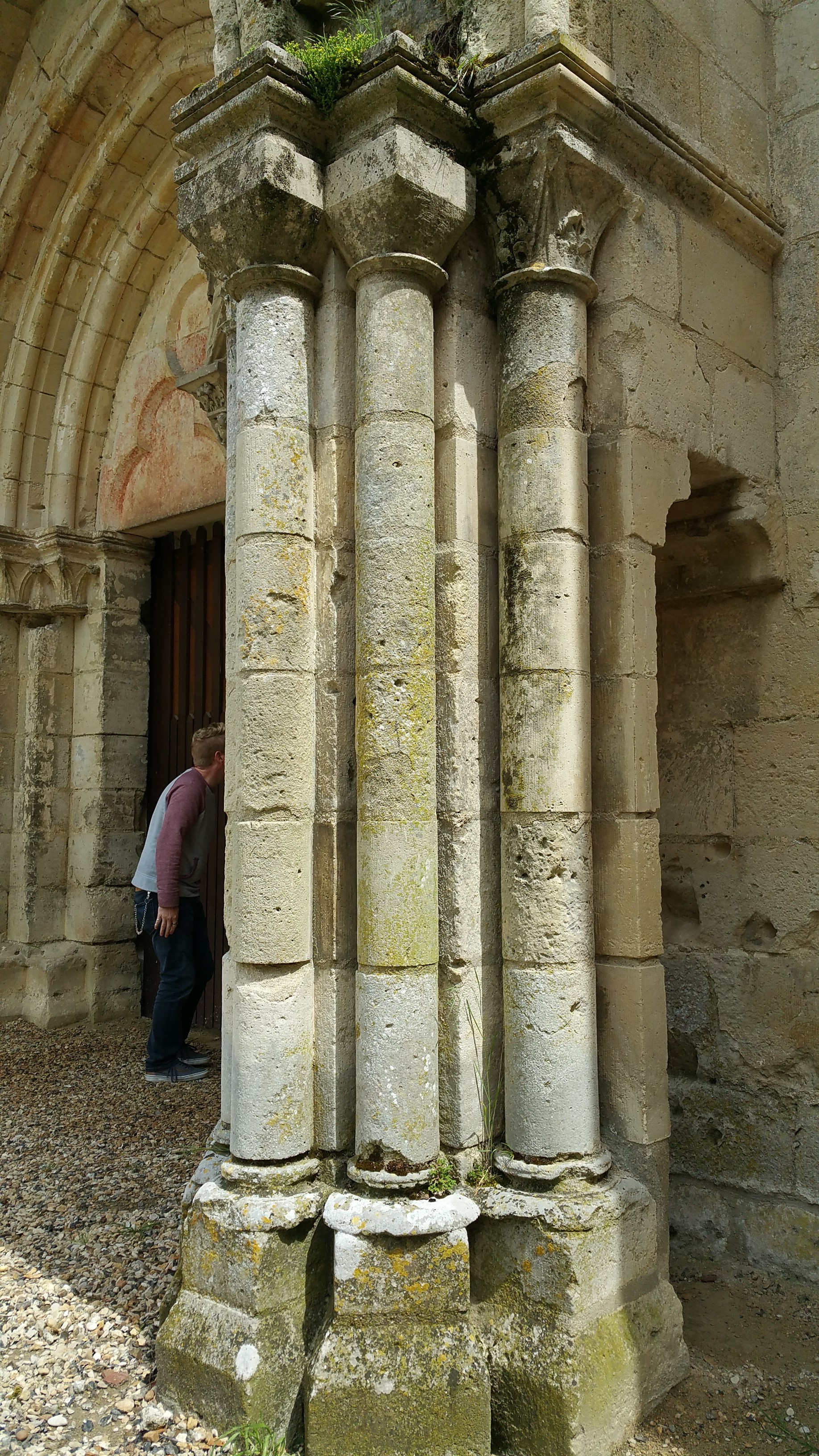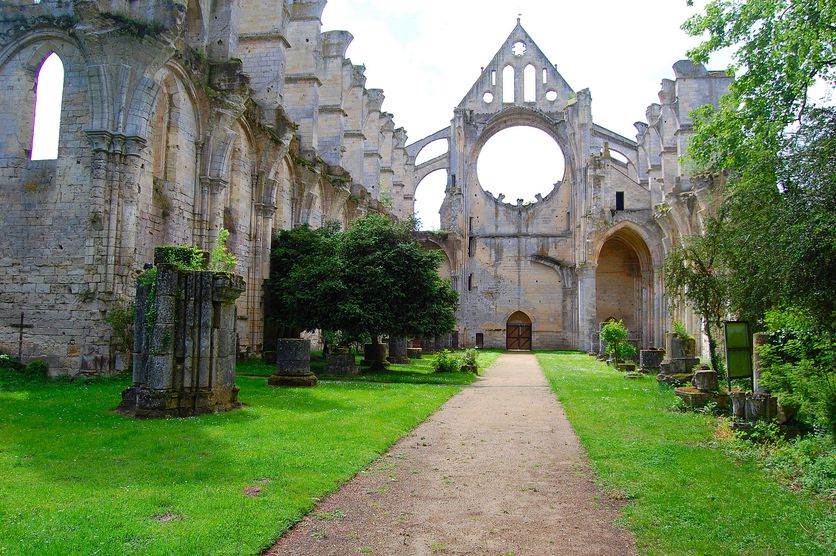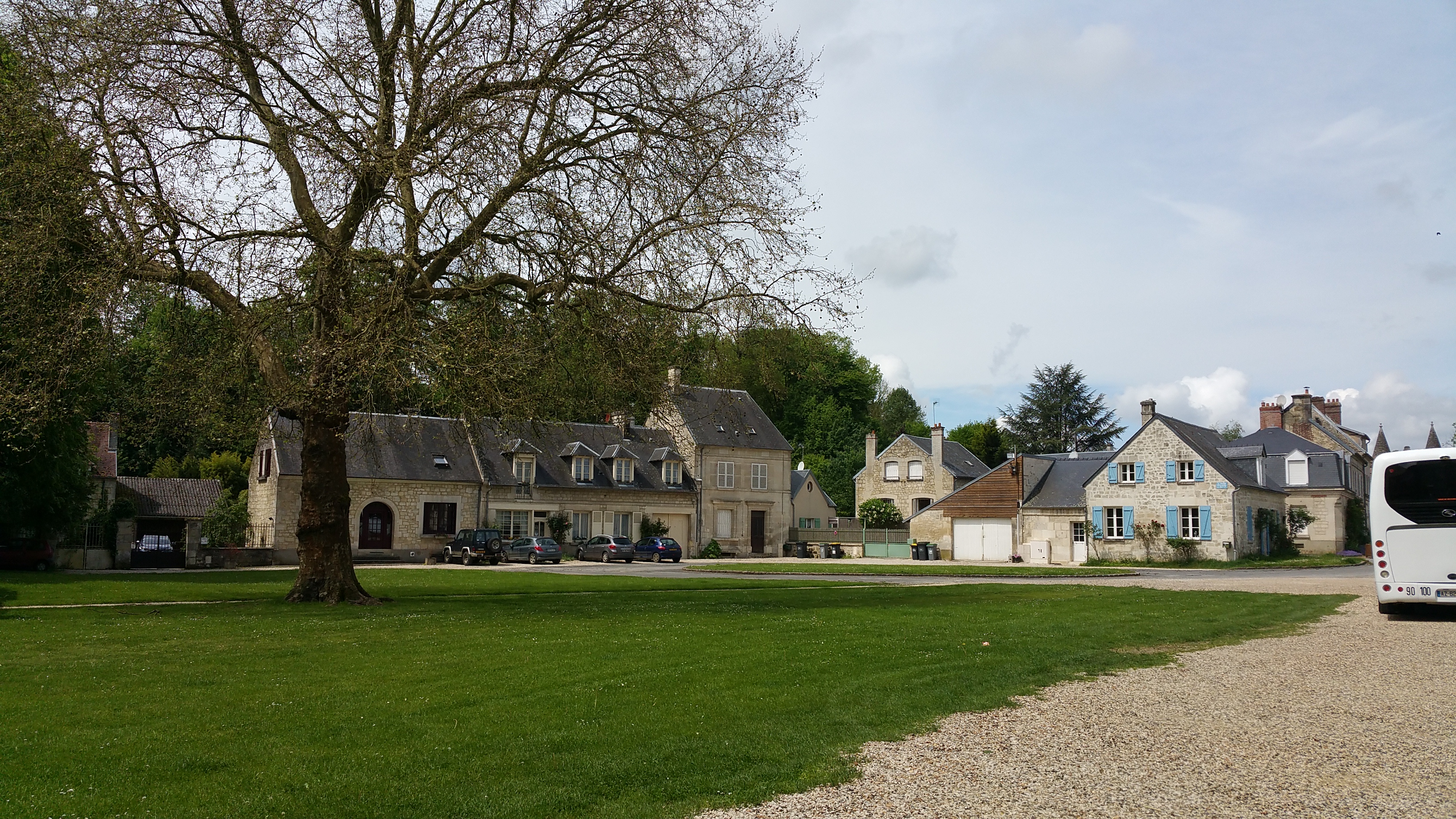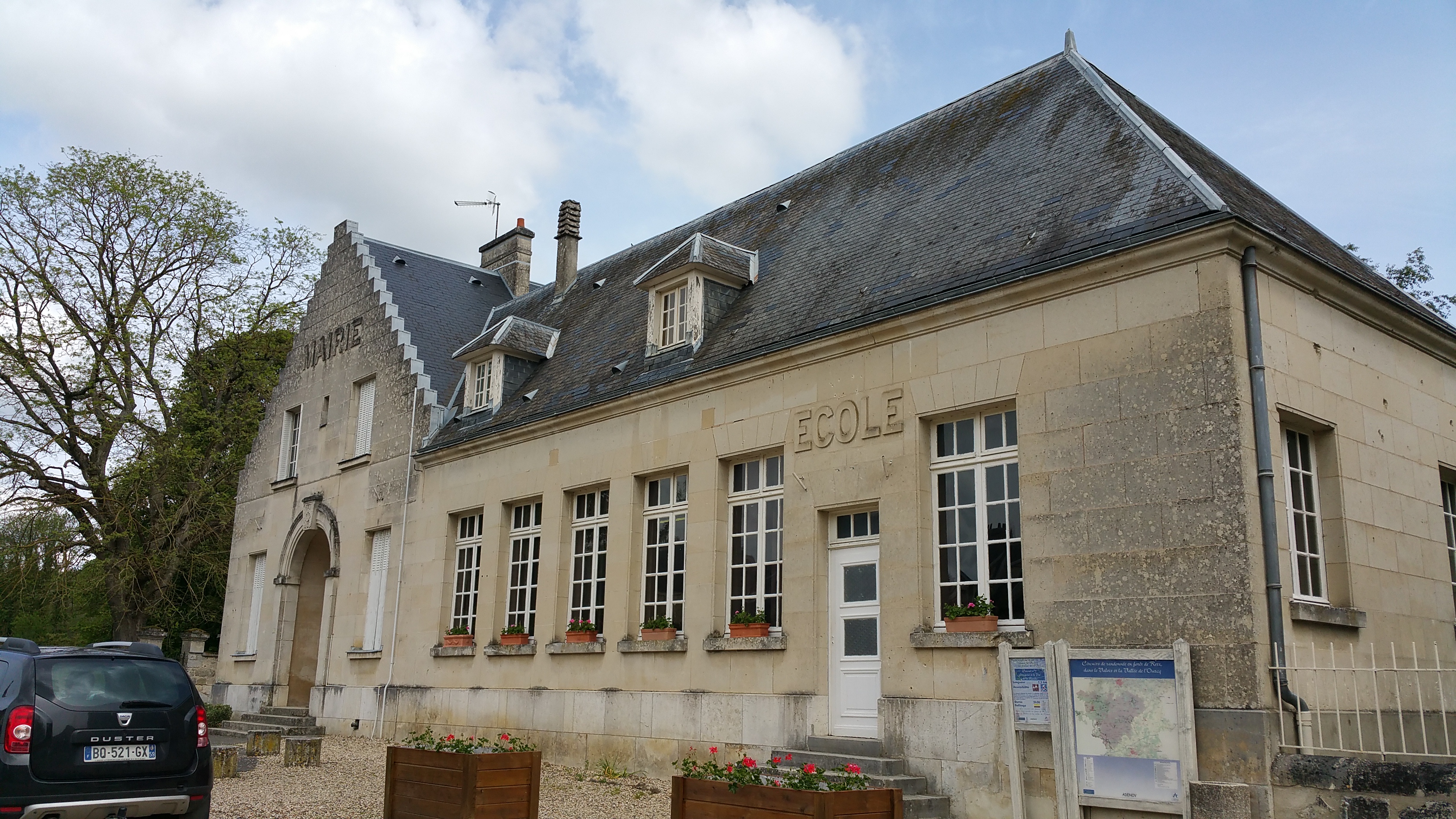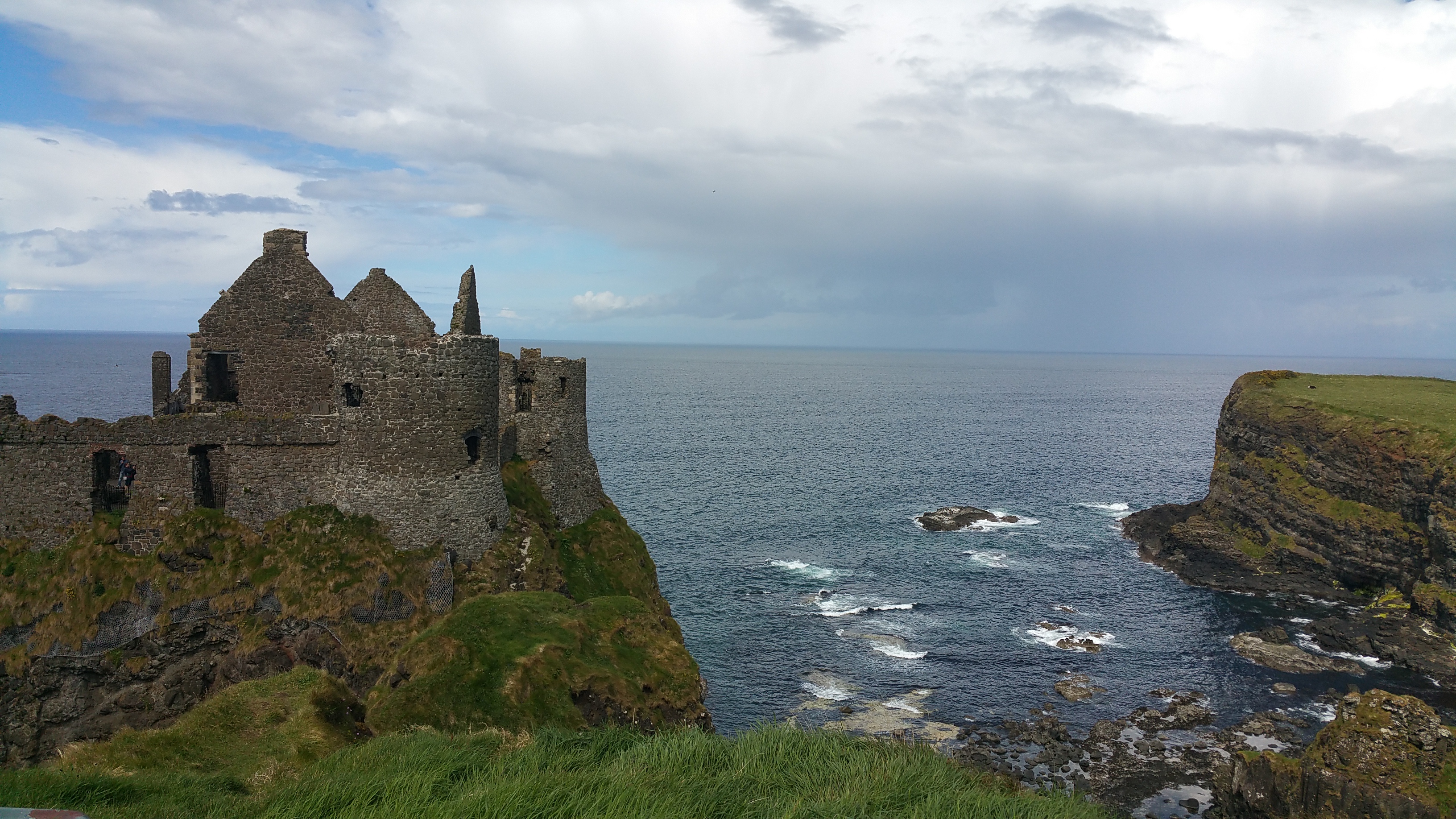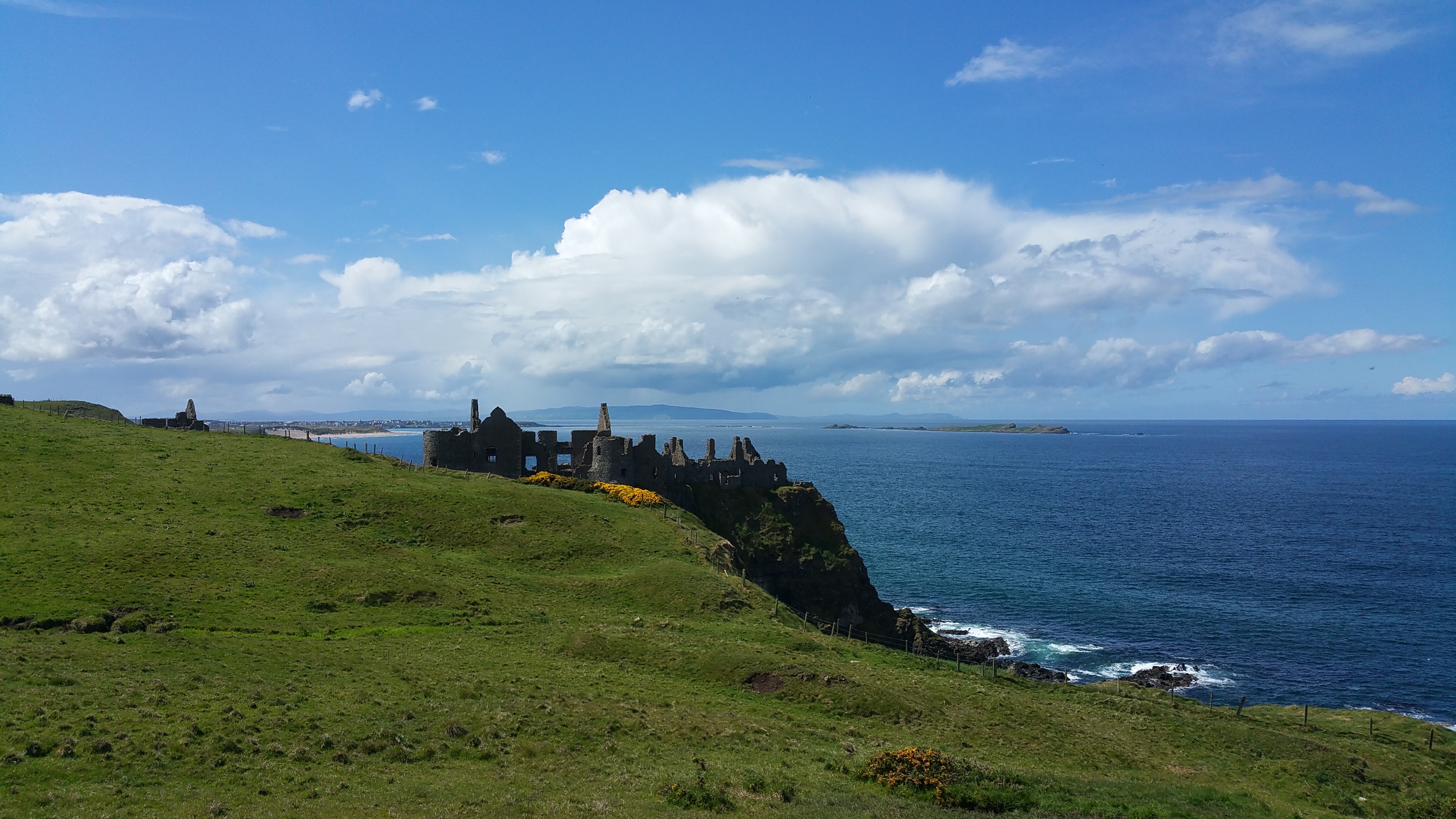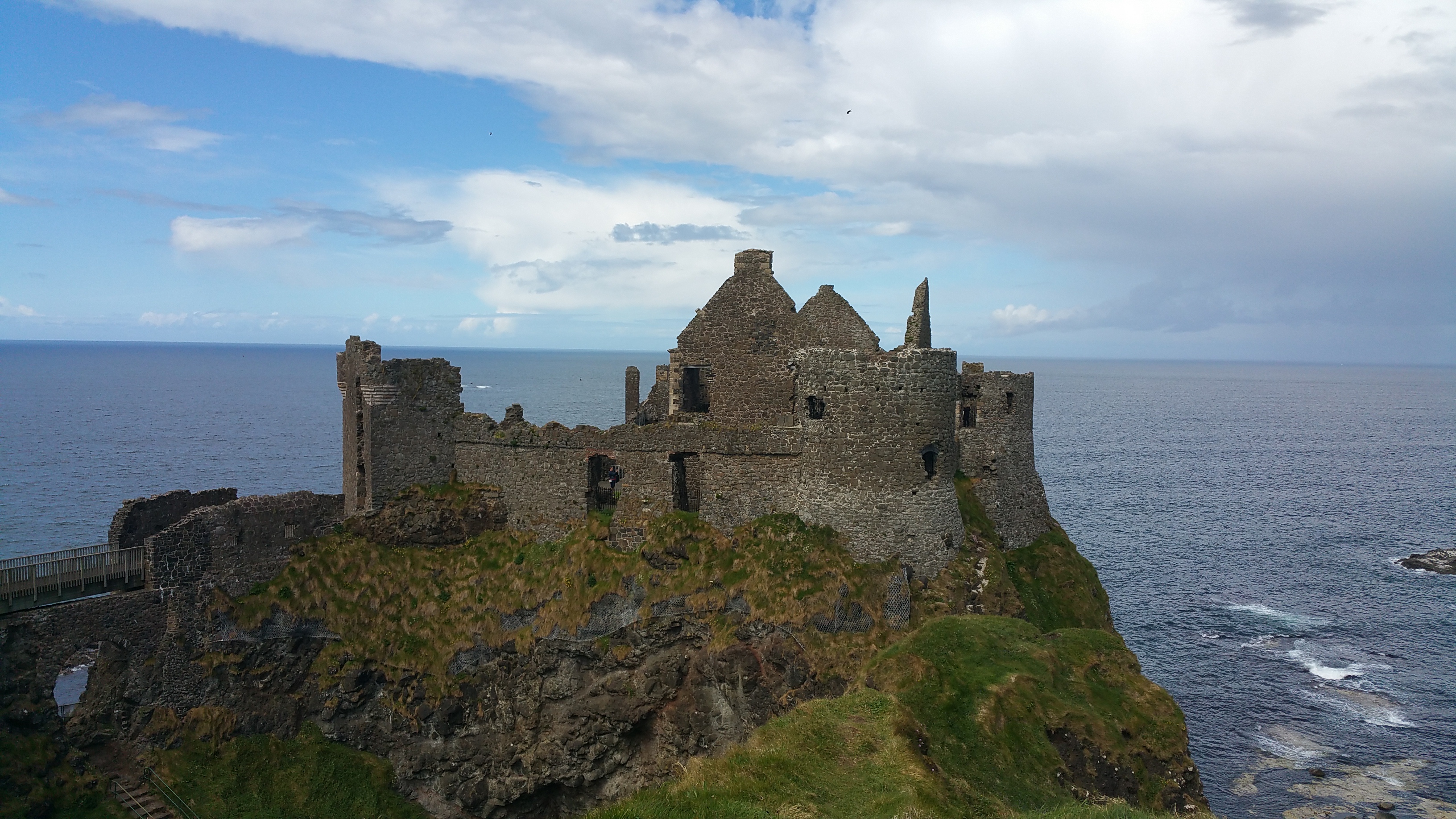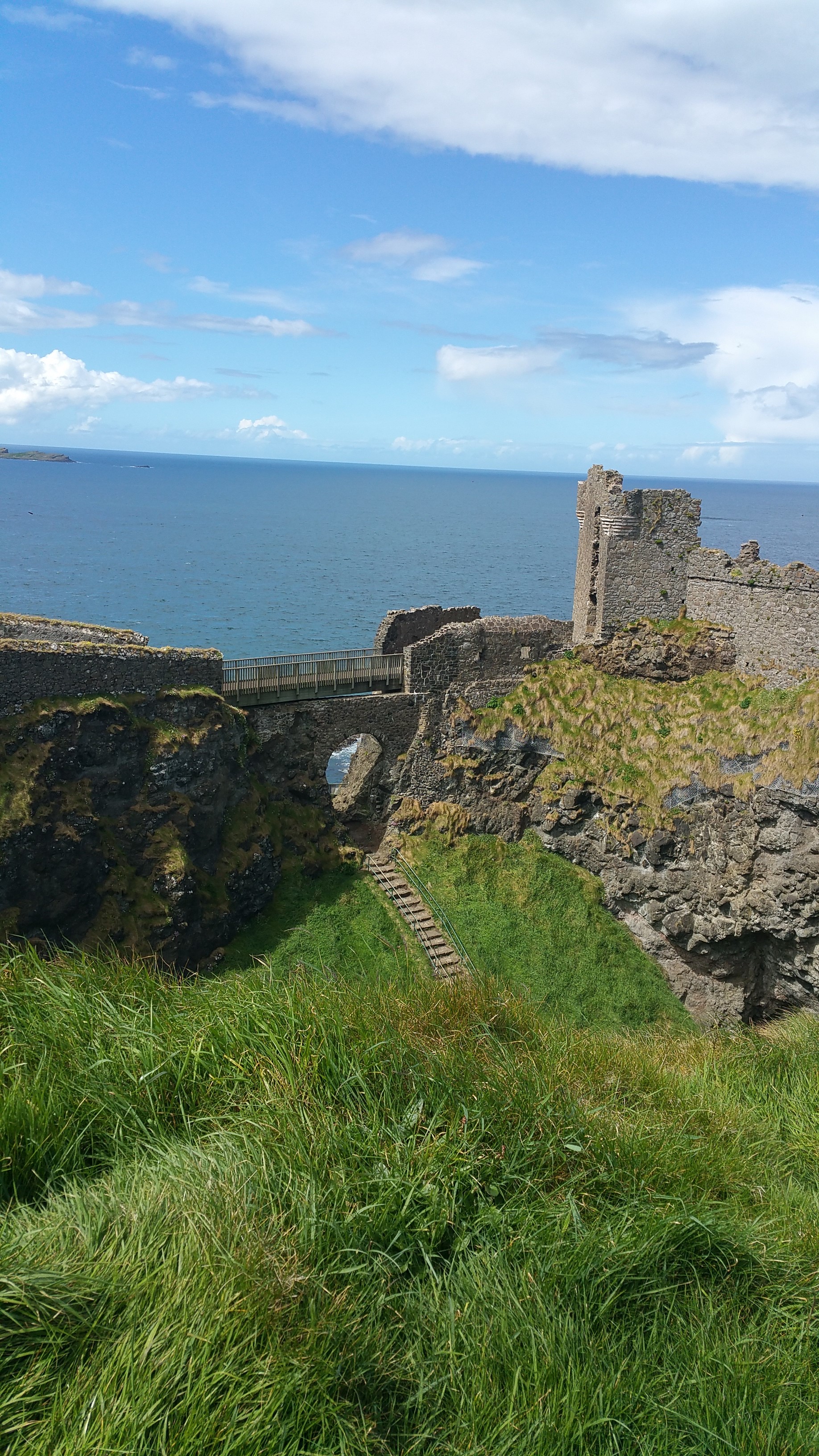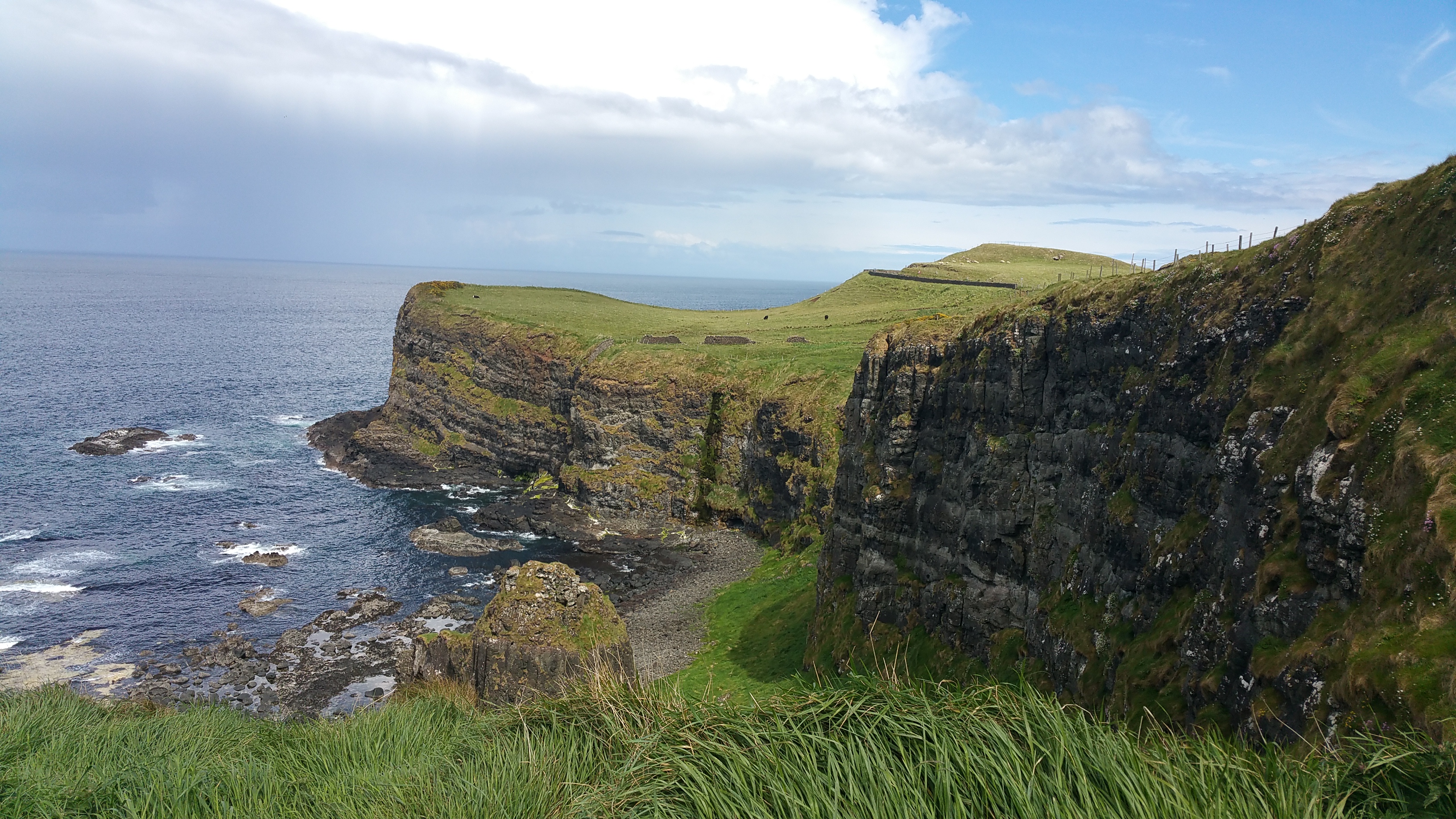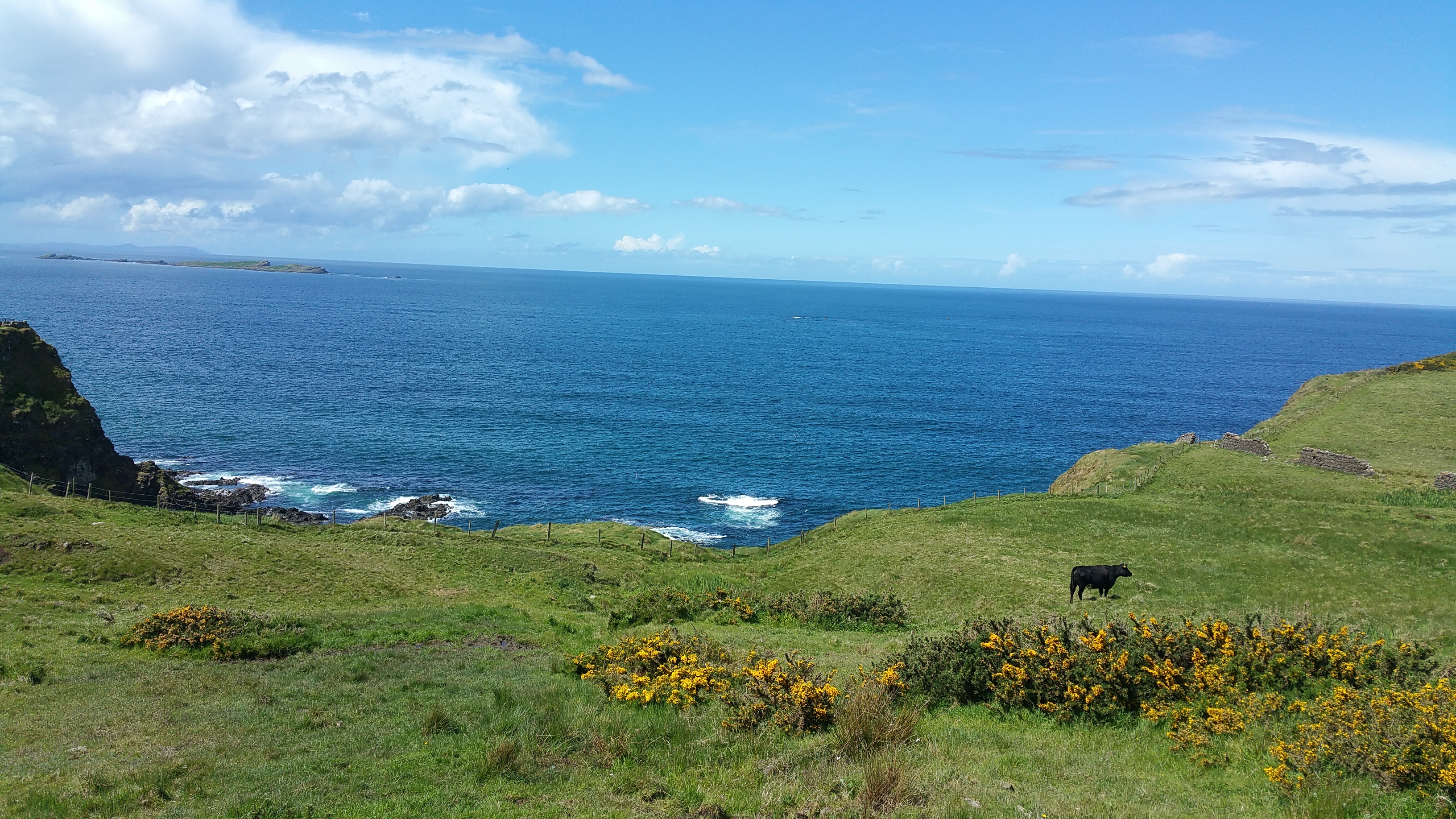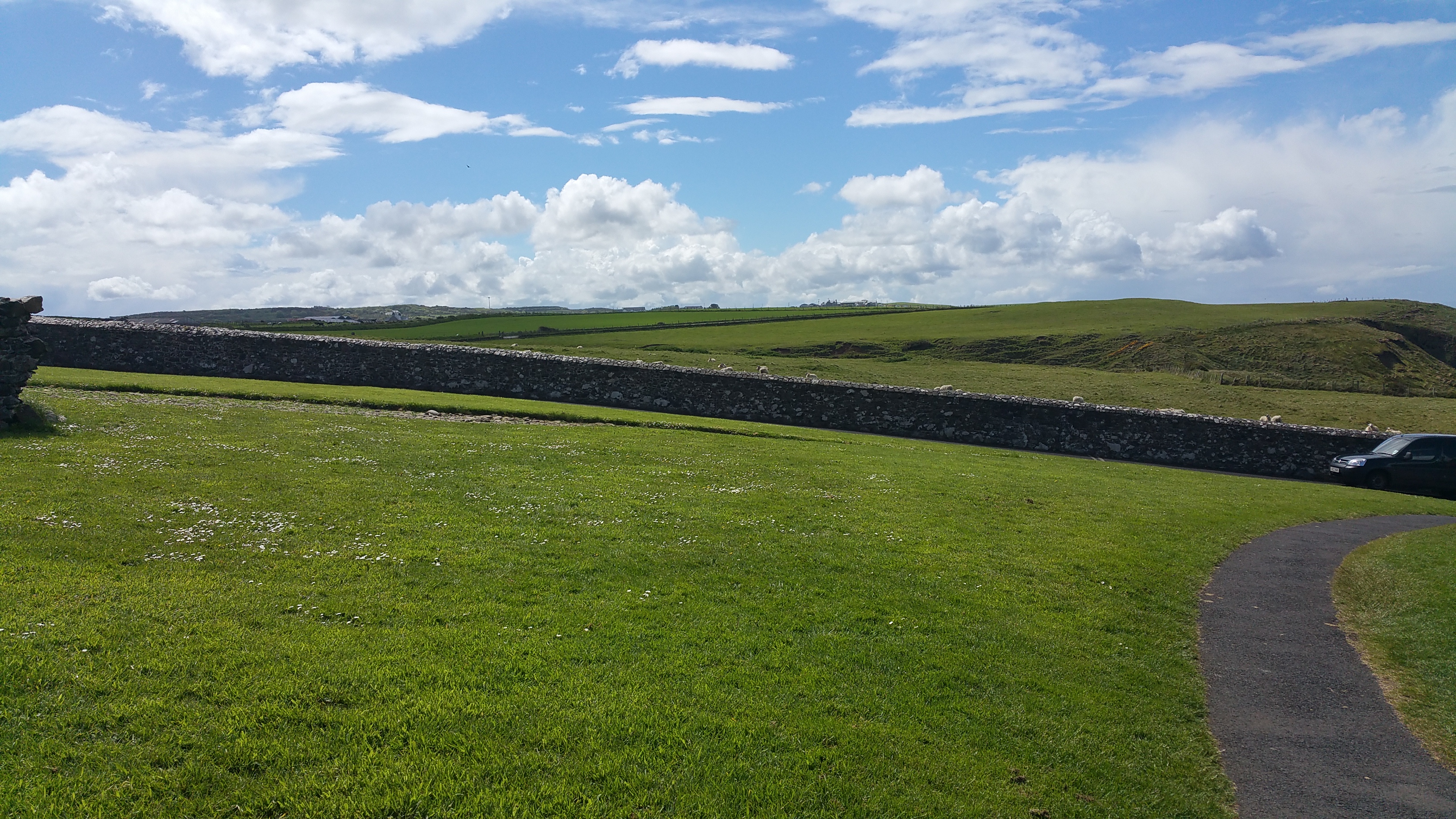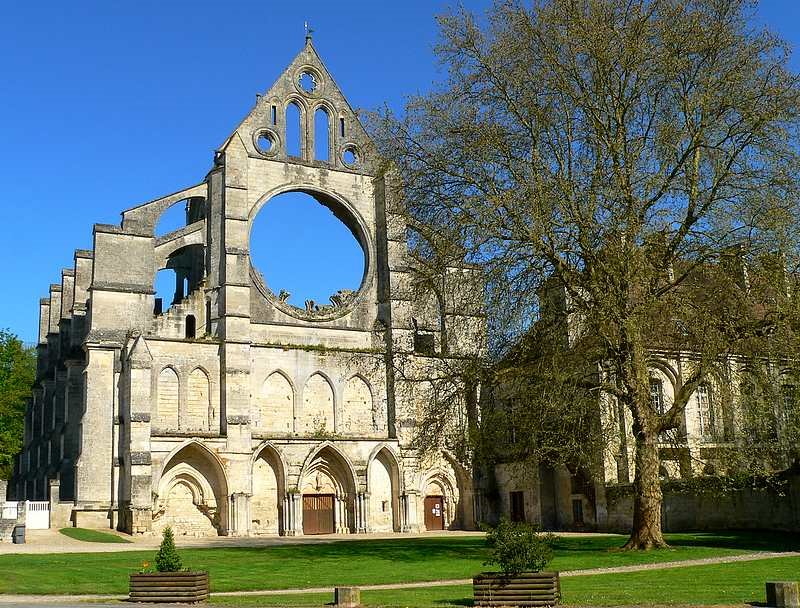 On our last trip to France, Joel and I spent several days exploring the Champagne region of France. On our two hour drive back to Paris we passed through numerous small villages; at one point happening upon a beautiful, though decrepit, church. So, we pulled over to take a closer look.
On our last trip to France, Joel and I spent several days exploring the Champagne region of France. On our two hour drive back to Paris we passed through numerous small villages; at one point happening upon a beautiful, though decrepit, church. So, we pulled over to take a closer look.
The actual church was in ruins and seemed to have artillery damage to it, which wouldn’t be uncommon for the area. There was a larger building behind a wall connected to the church but all the doors were locked so we couldn’t get very far.
Even in its disrepair, we marveled at this beautiful sight and exulted in the fact that we had happened upon it. That’s one of many joyful things about spending time in France…there’s so much history around every corner; even in the middle of “nowhere”.
At the time I didn’t keep track of the village the church was in, and I have wondered all year about the history of that church. Finally, I decided to attempt to “Sherlock Holmes it”, piecing together several bits of information until I finally found it online!
I discovered that the church we saw is Abbaye Notre-Dame de Longpont (Longpont Abbey), located at the edge of the Retz Forest in the village of Longpont.
And what an interesting history it has!
Founded in 1131, it was home to the Cistercian order of monks and nuns and was in use until 1793. After the French Revolution it became disused and began to fall into decay, however the real damage came from the German invasion in 1918.
In fact, the fighting was so fierce that the entire village of Longpont was almost totally destroyed!
This photo shows the destruction.
More about the battle that destroyed the city…
“Longpoint was captured on May 28, 1918, by the 28th Reserve Division of General Von Boehn’s army. But the French fought fiercely and recaptured it two days later. On June 3, the Germans made a determined effort to gain the Villers-Cotterets Forest and succeeded in retaking Longpont and other villages at its edge, but gained no foothold in the forest. They were finally driven from Longpont on July 13th. Five days afterward, before the great counter-offensive they fell back rapidly from this whole region, the dashing attack of the second American Division being delivered only about a mile north of Longpont. A storm center in such terrible backward and forward fighting, the almost total destruction of the once charming village may be readily understood.”
The village has since been rebuilt and it’s lovely and quaint. The abbey now contains a hotel where they host weddings and other events throughout the year.
What a delight to happen upon this piece of history while rolling through the French countryside.
